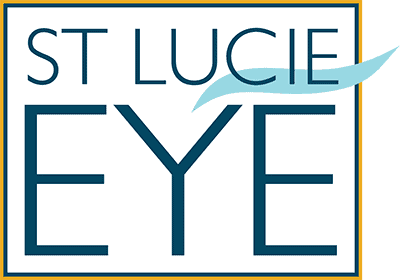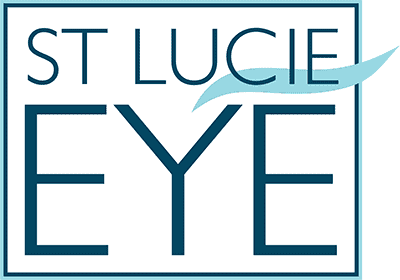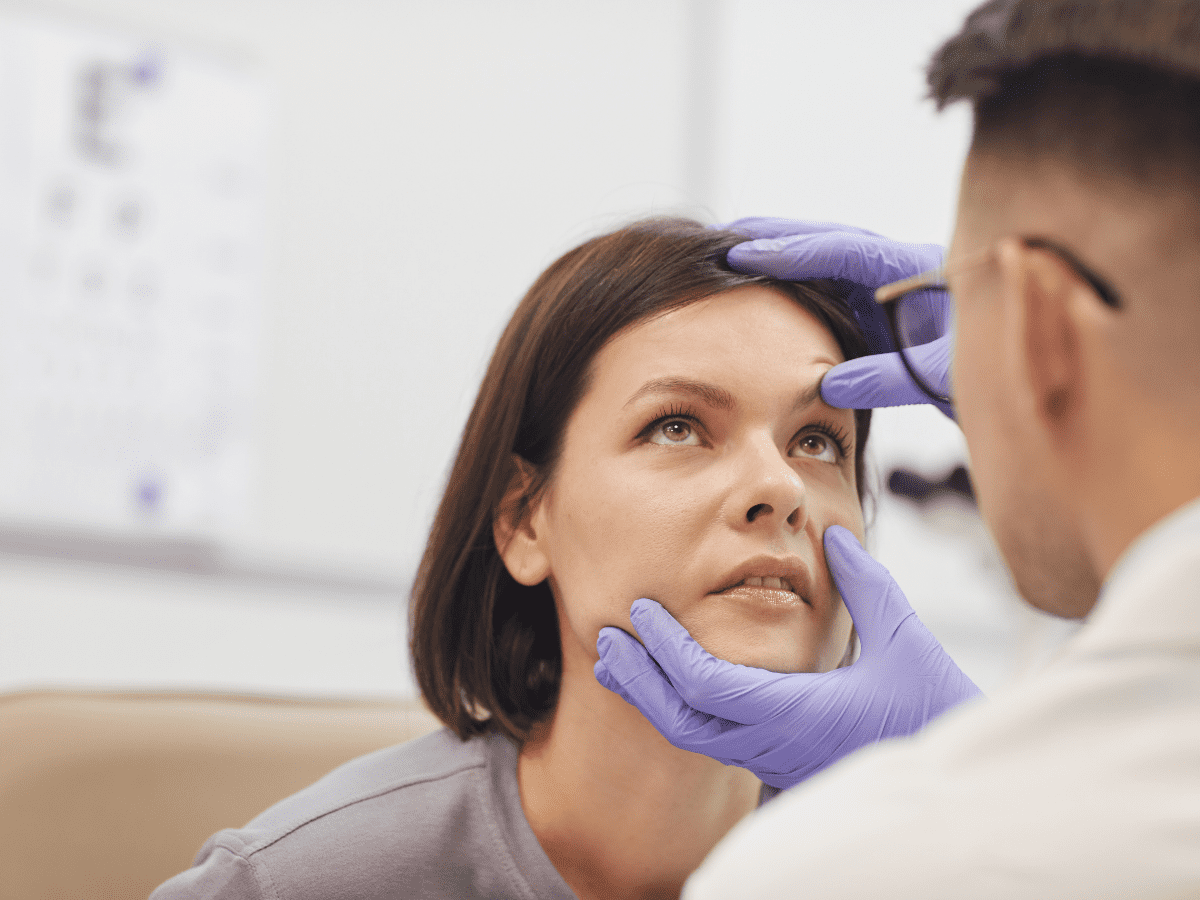Know the difference between age related changes and an eye emergency.
Most of us expect vision changes as we age – decreased acuity, halos around lights, trouble reading close up – but when do these changes translate into a real eye emergency?
Truth is, it’s hard to know without an examination. Many symptoms considered ‘mild’ can mimic those of more serious visual conditions and can be devastating if left untreated.
Always err on the side of caution when it comes to your vision. Notify your eye doctor immediately if you notice changes, especially when they occur suddenly. Your ophthalmologist will help evaluate and triage your symptoms
But first – what is a true eye emergency?
Call your doctor right away if you experience any of these symptoms. Especially if they occur suddenly or acutely.
- Loss of vision
- Blurred vision
- Increase in new floaters (tiny specks or “cobwebs” that seem to float across your vision)
- Flashes of light or ‘fireworks’
- Eye pain
- Double vision
- Redness or swelling of the eye or eyelid
- Pupils are noticeably a different size
- One eye does not move like the other
- One eye sticks out or is bulging
- Blunt injury or trauma to the eyeball or eyelid
- Foreign body or caustic substance in the eye
Speak with your eye doctor right away if you notice these sudden changes. You may need to be seen quickly or referred to a specialist to avoid vision loss.
But what about when changes occur gradually? Take blurriness as an example. Subtle changes can be just as worrisome as sudden symptoms. Blurriness is a common symptom of many different conditions; diabetic eye disease, corneal surface disease, development of cataract, or other age-related changes.
It’s common that age related vision changes often mimic more serious conditions, and the only way to know is with a dilated eye exam.
What exactly are age-related vision changes? They are visual symptoms considered normal due to the process of aging and a natural occurrence within the visual system. One of the most common changes is presbyopia, when the natural lens of the eye becomes less flexible and cannot accommodate near distances clearly. Presbyopia is typically the culprit for needing reading glasses after age 40.
Common age-related vision changes include:
- Difficulty navigating between light to dark environments
- Increased sensitivity to bright light and glare
- Onset of floaters or tiny specks floating in the field of vision
- Decreased depth perception
- Reduced contrast sensitivity; difficulty differentiating similar colors and patterns
- Decreased tear production or overly watery eyes
Take these vision changes seriously to rule out the development of treatable conditions like glaucoma, macular degeneration, or cataracts. Particularly, distorted vision or difficulty seeing out of one eye can indicate that age-related changes have advanced to a more serious condition.
During a dilated, comprehensive eye exam, your ophthalmologist will screen for the onset of several sight robbing conditions listed below that may mimic age-related changes.
- Age-related Macular Degeneration (AMD) Damages the sharp, central vision needed to see objects clearly and to do common tasks like driving and reading. Highly effective treatments are available when diagnosed early.
- Diabetic Retinopathy Up to 21% of patients with type 2 diabetes have retinopathy when first diagnosed with diabetes. Retinopathy often develops slowly, with no early warning signs. Keep blood sugar, blood pressure, and cholesterol under control to prevent retinopathy and to slow its progression in the early stages. In later stages, laser surgery can prevent retinopathy from becoming worse.
- Cataracts is a clouding of the eye’s natural lens that causes blurred or hazy vision. Cataracts often begin small with little change to eyesight. Over time or in certain conditions, the cataract becomes larger or more ‘dense’, causing reduced vision and increased glare. Cataract surgery can restore good vision and is a safe and common procedure. If you have a cataract, your eye doctor will measure changes and the impact to your vision over time to determine the most appropriate time for surgery.
- Glaucoma is often caused by too much fluid pressure inside the eye. If not treated, it can lead to vision loss and blindness. People with glaucoma often have no early symptoms or pain. The best way to protect yourself is to have a dilated eye exam every year. Glaucoma can be treated with prescription eye drops, lasers, or surgery.
- Dry Eye or Ocular Surface Disease occurs when tear glands don’t function normally. You may feel a stinging or burning sensation in your eyes, as if sand or something is in the eye. Eyes can also appear red and irritated or tear frequently. Dry eye is more common with age, especially in women. Artificial tears, ointments, and lid scrubs are used to treat dry eye. In more severe cases, treatment includes prescription medication, tear duct plugs, or surgery.
When should you see an eye doctor?
Call your eye doctor right away if you notice sudden changes to your vision, including flashes of light or more spots (floaters) within your vision than usual. Contact your eye doctor right away if it appears as if a curtain is falling over your vision. This can signal a detached retina, which is a medical emergency.
Need a good eye doctor?
The physicians at St Lucie Eye are comprehensive ophthalmologists, trained to manage the aspects of diabetes on your eye health. If additional treatment or consultation is needed, they also have retina and cornea specialists on staff to manage your vision.


